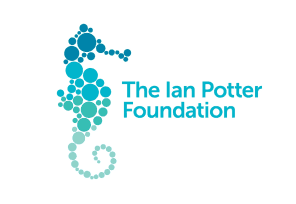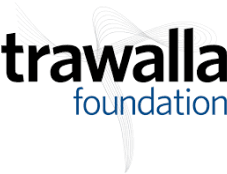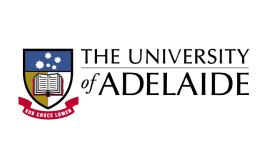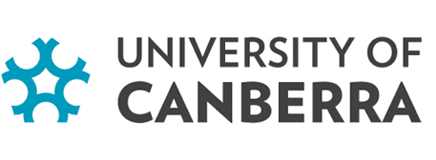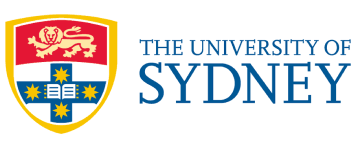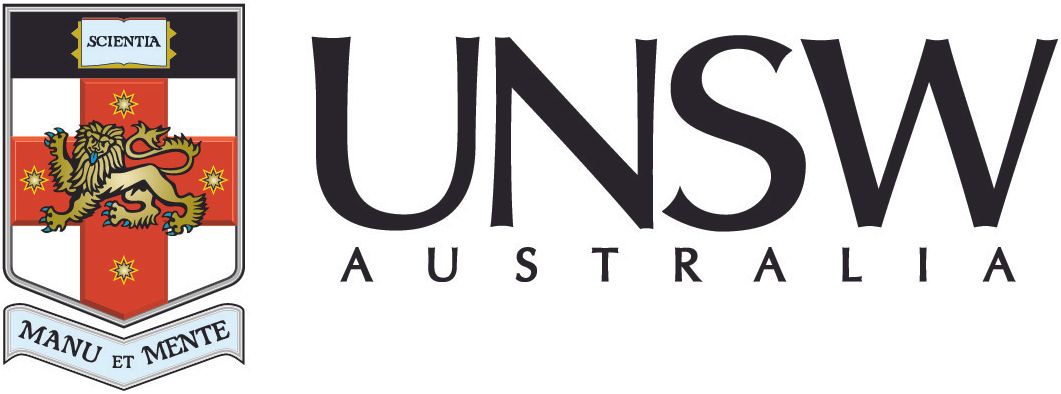Smaller, less predator-savvy animals: the unintended consequences of one of Australia’s key conservation strategies
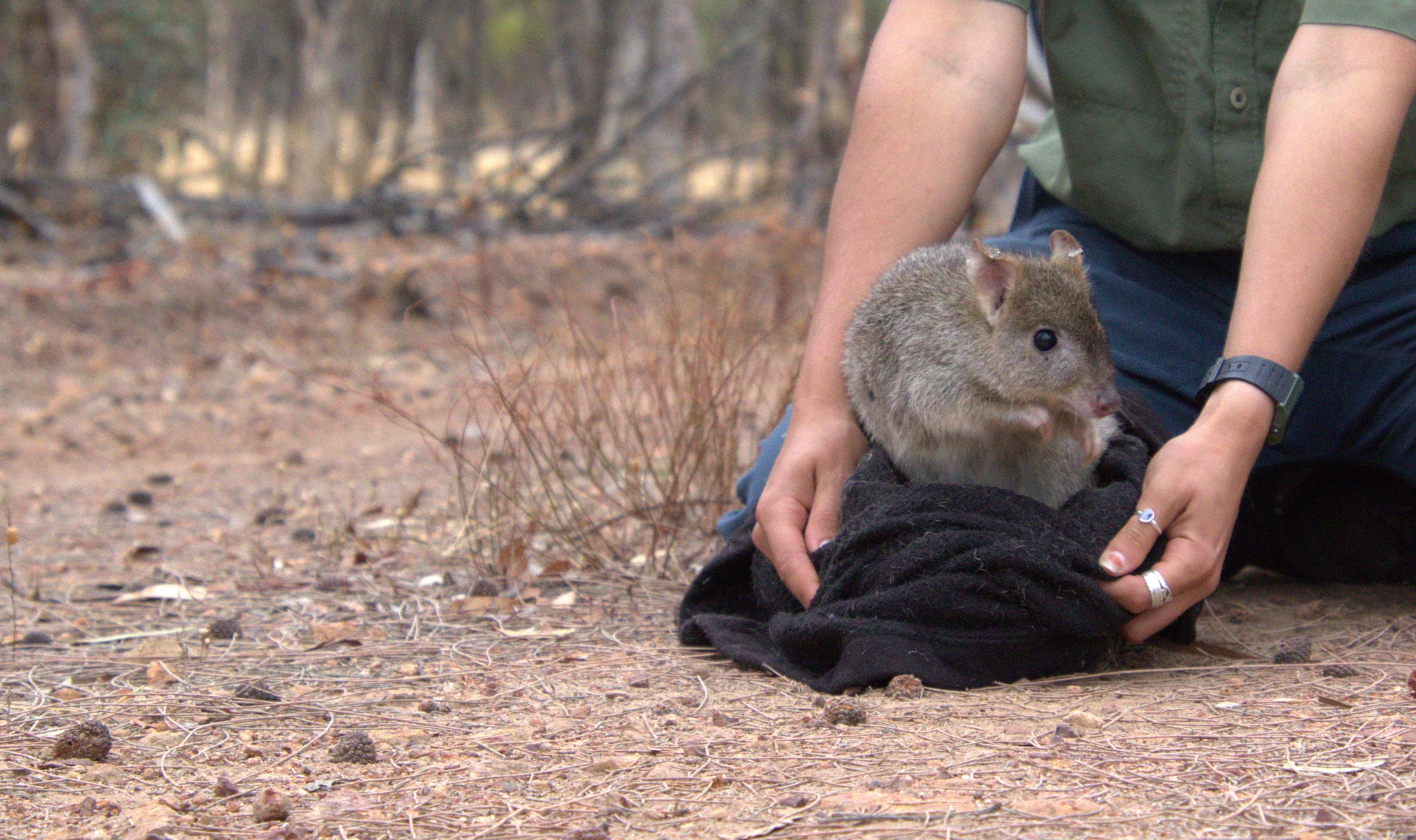
Image: Aiden Holmes
Media Release
6 June 2023
One of Australia’s key threatened mammal conservation strategies is having unintended negative consequences which could jeopardise long-term conservation outcomes, according to a study in Biological Conservation.
One of Australia’s key threatened mammal conservation strategies is having unintended negative consequences which could jeopardise long-term conservation outcomes, according to a study in Biological Conservation.
The research on woylies in Western Australia found that animals bred in predator-free conservation havens lost the traits they need to detect and escape predators, likely making them less able to survive in the wild if reintroduced back to former areas.
The research was a collaboration between The University of Western Australia, The University of Melbourne and the Western Australian Department of Biodiversity, Conservation and Attractions (DBCA). It was awarded the 2023 Ecological Impact Award by the Ecological Society of Australia.
Woylies are cute small digging kangaroo-like animals that can carry things like nesting material with their tail according to study lead author PhD candidate Natasha Harrison from The University of Western Australia.

The woylie uses its tail to collect grass and branches to build its nest. Image: Aiden Holmes
“Woylies are now Endangered, but they were once abundant across much of Australia’s southern and semi-arid areas. Each woylie turned over about 5 tonnes of soil per year, helping to improve soil health,” Ms Harrison said.
Since Europeans introduced cats and foxes to Australia one in ten native mammals have become extinct and many more species which were widespread and abundant have fallen to critically low numbers.
Biodiversity Council member Professor Nicki Mitchell from The University of Western Australia was a co-author of the study.
“Given the vulnerability of many mammals to introduced predators, Australia began establishing cat- and fox-free conservation areas, known as havens, protected by fences and on islands,” Professor Mitchell said.
“Over 200 threatened mammal populations are now protected in the national network of 130+ havens.
“In many ways havens have been a huge success; free from predation by cats and foxes, populations of many mammals like the woylie have greatly increased inside havens and at least 13 extinctions have been avoided.
“However, havens cover only around 0.1% of the country, and represent only a tiny fraction of the former areas of the species they contain. For genuine conservation we also need to restore animals back to former areas, where these animals played important roles in nature,” Professor Mitchell said.
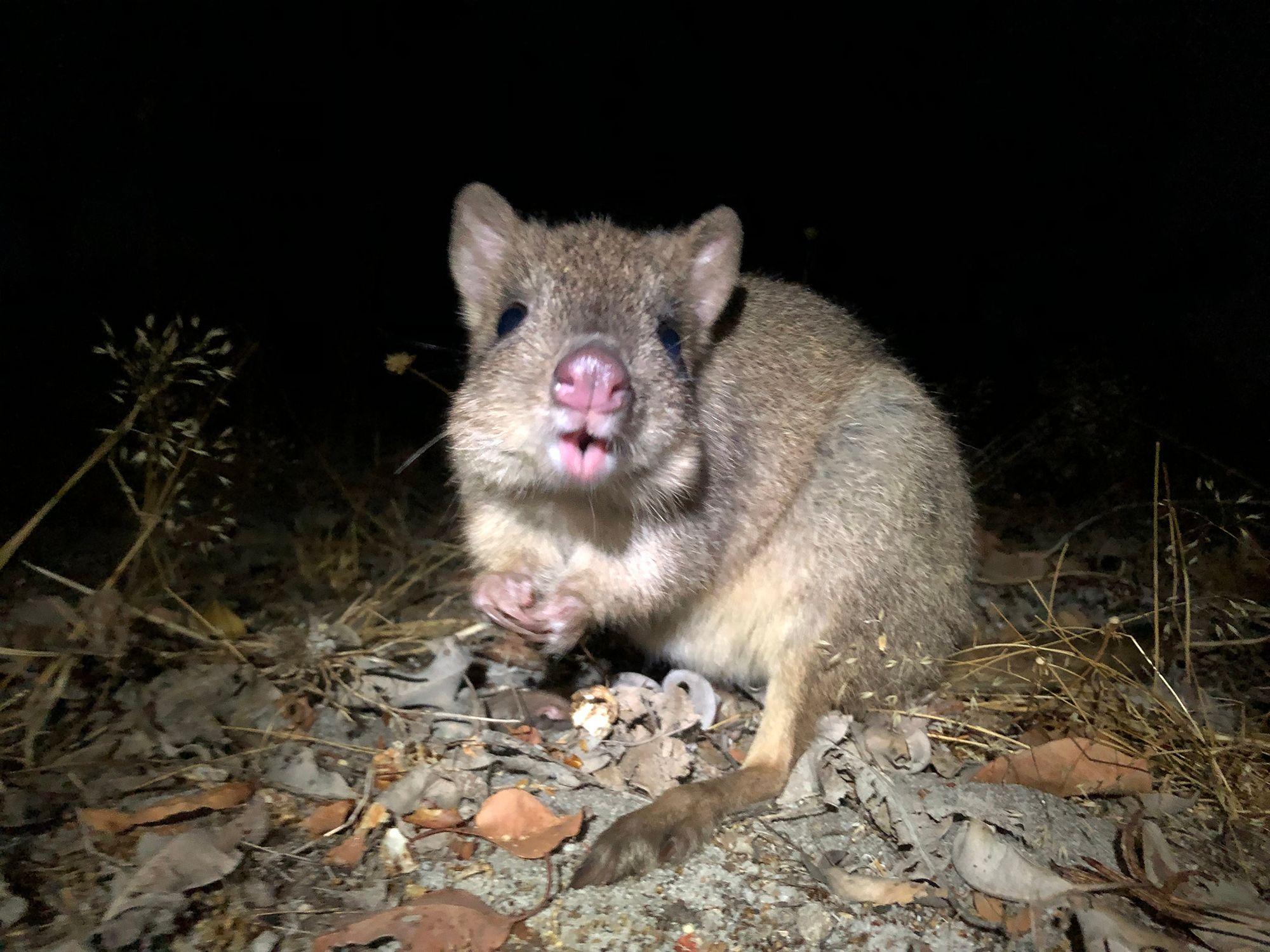
Lead researcher Natasha Harrison said that havens are often the source of animals for reintroductions to wild areas outside havens.
“We can’t completely eliminate introduced predators in unfenced landscapes, so we wanted to understand if being in havens affects anti-predator traits that animals need to detect and avoid predators outside havens.
“To do this we compared 10 years of monitoring data from woylie populations inside and outside havens in Western Australia.
“We found that the woylie populations inside havens had a reduction in anti-predator traits.
“Woylies inside havens became smaller, their feet became shorter, they became less fearful and less likely to flee from threats. Other natural anti-predator responses like ejecting pouch young as an escape distraction also reduced.
“As woylies are already naturally vulnerable to predators any further reductions in anti-predator traits could be catastrophic for their survival outside havens.
“Studies on other bettong species in havens, including boodies and eastern bettongs have found similar effects.
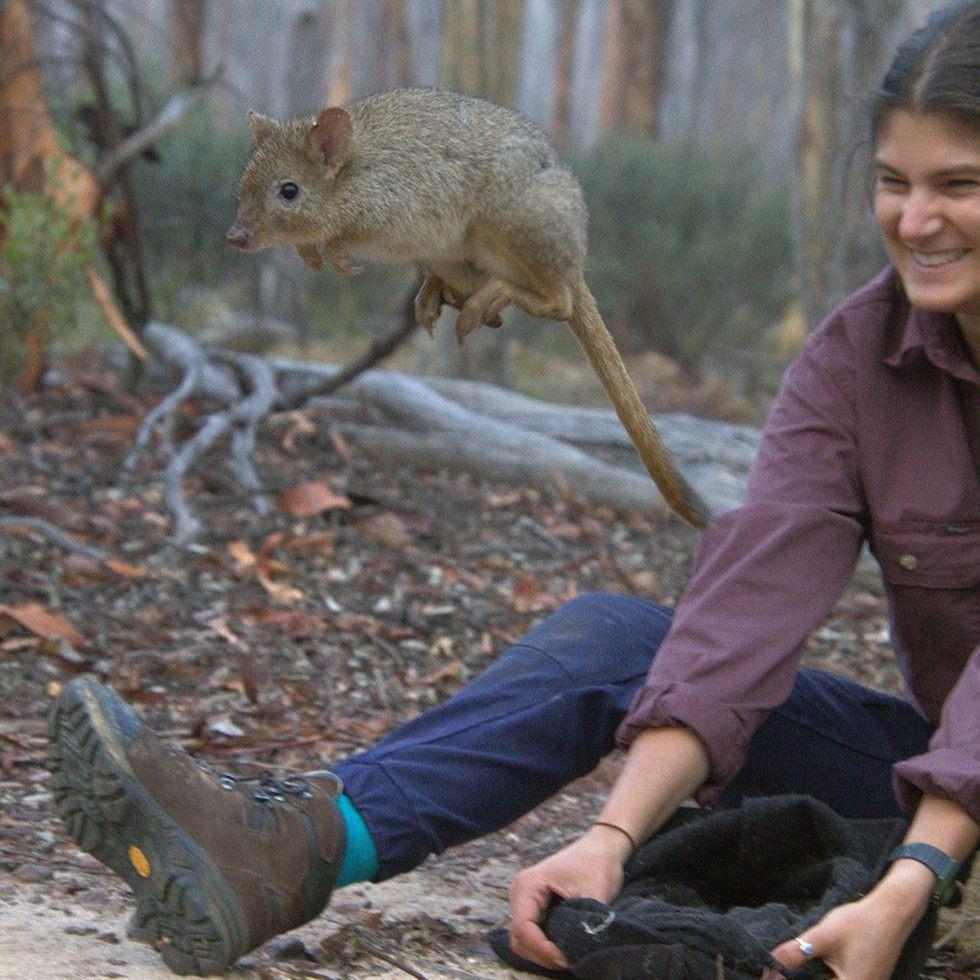
“To be able to use haven animals for reintroductions, we may need to expose populations inside havens to low levels of predators so that they do not lose the traits they will need to survive outside.
“Our study shows that havens are not a silver bullet for long-term mammal conservation across Australian landscapes. We must also continue to invest in conserving wild populations outside of havens. Doing this effectively will require an increase in effort for many species and places,” Ms Harrison said.
Study co-author and Senior Research Scientist with DBCA’s Biodiversity and Conservation Science Dr Adrian Wayne said this study adds value to the routine monitoring data collected by DBCA on threatened species and the management of wild and havened populations.
“This study demonstrates the importance of adequate monitoring of threatened species,” Dr Wayne said.
“The behavioural and biometric data we collected during routine population monitoring was collected for the purposes of assessing the health of the population and the welfare of the individuals.
“While the data wasn’t specifically collected to assess changes in anti-predator traits, it has proven to be very valuable in providing greater insights directly relevant to informing conservation strategies and the management of threatened species, their key threats and their habitat.”
Biodiversity Council member Professor Sarah Legge from Charles Darwin University, was not part of the woylie study but has examined how habitat influences the effect of introduced predators on native mammals.
“Providing the conditions that native mammals need to survive outside havens will require attention to both cat and fox numbers and also to habitat condition,” Professor Legge said.
“When native animals have good quality habitat they have more food, more shelter and more places to safely sleep and hide from predators.
“Common strategies to improve habitat include improving fire regimes and reducing grazing pressure from both feral animals like rabbits and feral goats, and also from livestock like cattle and sheep.”
The study received funding from the South West Catchments Council, the Government of Western Australia, the Hermon Slade foundation, and the Holsworth Wildlife Research Endowment.


